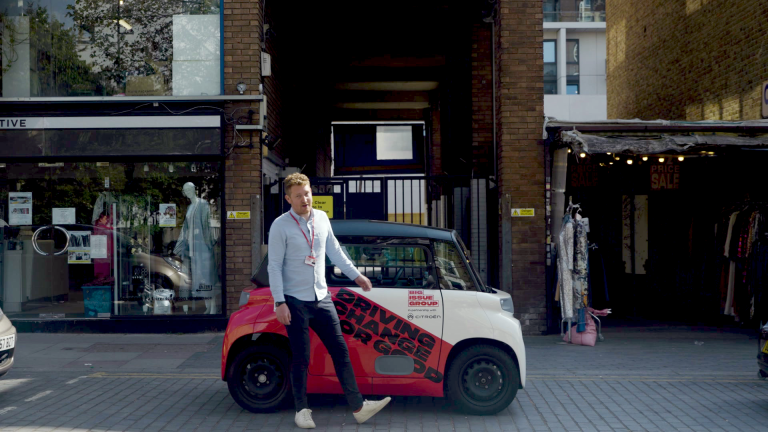Back in November 2010, one of the biggest shake-ups of our social security system in decades was announced. Universal credit would completely replace six legacy benefits, creating millions of winners and losers as almost seven million households were set to move on to the new combined benefit.
It was so big that the switchover was originally expected to take until 2017 to complete. It turned out that was nowhere near enough time. Now 15 years on from the original announcement, we expect the last people on legacy benefits will finally move to universal credit by spring 2026.
Universal credit had two main objectives: to simplify the system and ‘make work pay’. These led to some positive changes. For example, claiming support via a single benefit simplified access to a range of help for people with different needs.
Read more:
- How many children would be lifted out of poverty if the two-child limit was scrapped where you live?
- Hundreds of thousands of vulnerable Brits to have energy bill debt written off
- ‘I’d be stuck without it’: Inside the vital family hubs helping parents as child poverty crisis worsens
Recent research by the Joseph Rowntree Foundation (JRF) and Scope found that the rise in health-related benefit claims since 2019 (when universal credit became available for all new claims) might partly be explained by people with health conditions finding it simpler to access the extra support they need within universal credit. More people getting the support they’re entitled to is a good thing.
However, there was a glaring missing objective from universal credit from its inception: to address poverty. This, together with people with direct experience of poverty lacking a say in its design, helps explain some of universal credit’s flaws.









